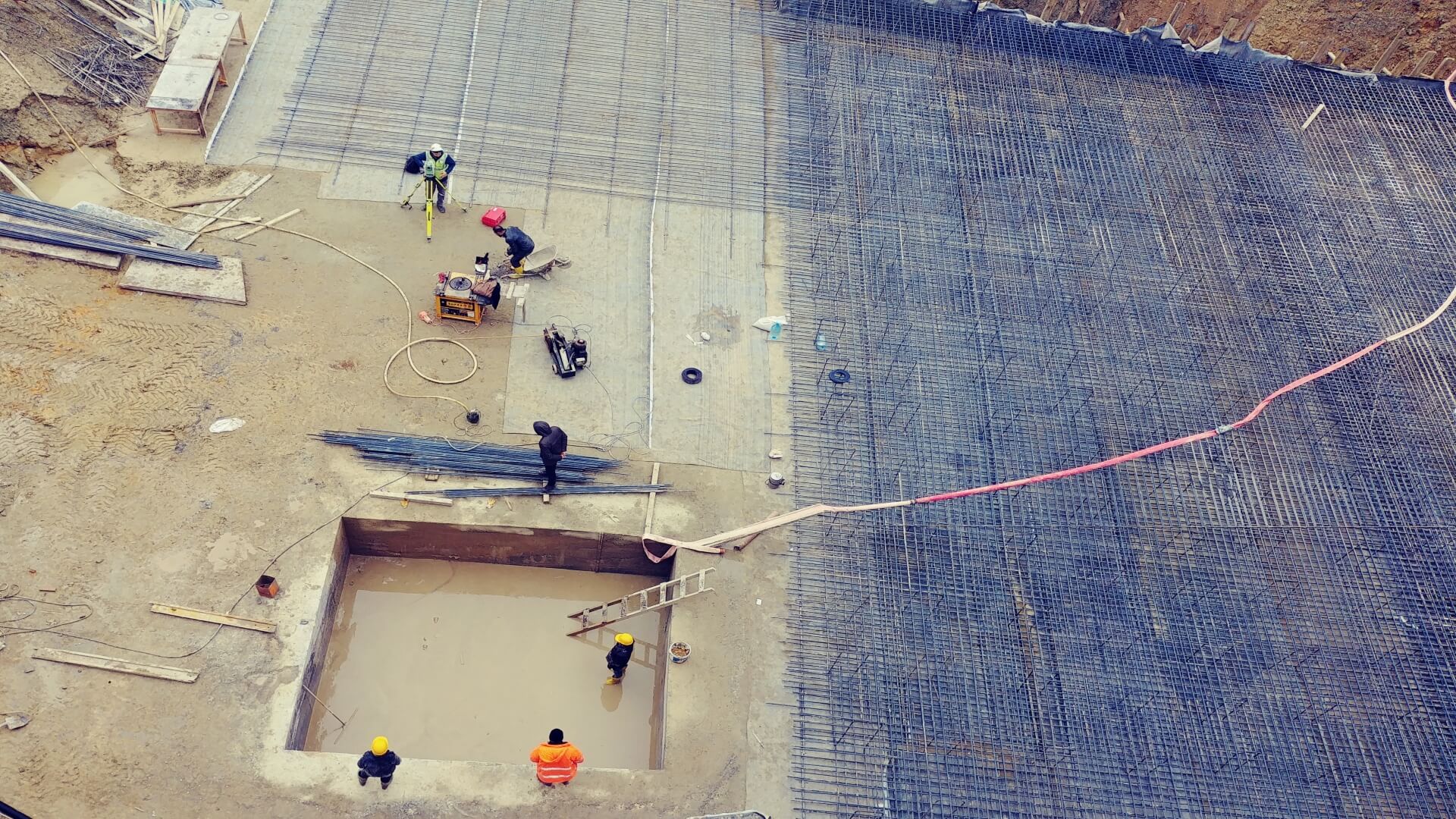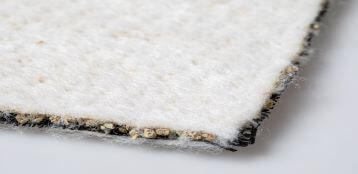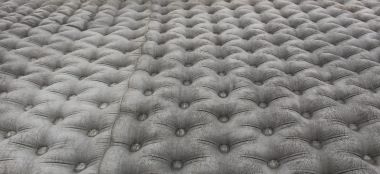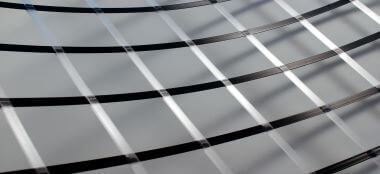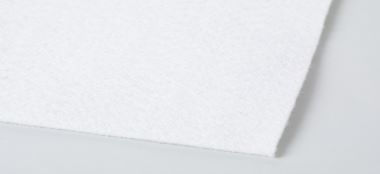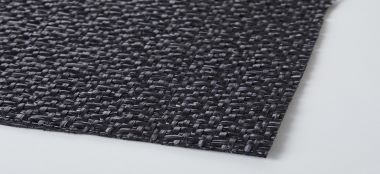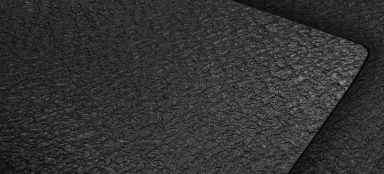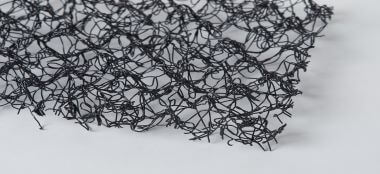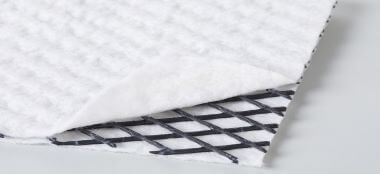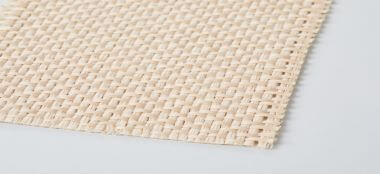
Geosynthetic
Geosynthetics is the collective term for textile and composite products developed as alternatives to traditional methods in the field of engineering. These products are created by combining polymer materials such as polypropylene (PP), polyester (PET), polyethylene, with natural sodium bentonite minerals. Widely utilized in the realm of Civil Engineering, geosynthetics find special significance in tackling challenges where conventional approaches prove insufficient. Their application becomes imperative when more economical solutions are achievable or when geosynthetics offer superior results. Geosynthetics can be categorized into five main groups: geosynthetic clay liners, geotextiles, geogrids, geomembranes, and geocomposites. These materials are instrumental, particularly in construction engineering, by offering innovative and efficient solutions to complex problems.

